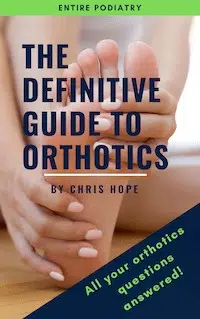Sciatica
What is sciatica or sciatic pain?
Sciatica is a painful nerve condition that causes pain and altered sensation the lower back, buttocks and leg. The sciatic nerve is the main nerve that innervates the lower limbs. It leaves the spinal cord through the hips and travels down the back of the legs.
Sciatica develops when this sciatic nerve is compressed or irritated. It causes pain to radiate down the pathway of the Sciatic nerve. It can cause tingling, numbness and burning sensations or even weakness of the legs.
What causes sciatic pain?
Sciatica develops from irritation of the sciatic nerve. This nerve can be aggravated from many causes including:
- Trauma
- Herniated or bulging disc
- Arthritic growths on the spine
- Overuse injury
- Osteoporosis
- Muscular strain (back or hamstrings)
- Muscle spasm causing a pinched nerve
- Increase stress on the back from weakness in the core
- Pregnancy
How it sciatic pain treated?
Treatment will aim to relieve the pressure on the nerve to reduce the pain and will depend on the cause of the sciatica.
Physical therapy is often very effective in the treatment and relief of sciatic pain. The goal of physical therapy is typically to:
- Strengthen the muscles of the lower back, hip and core.
- Stretch tight and inflexible muscles which can be pinching on the sciatic nerve
- Chiropractic adjustments may also be beneficial to improve the alignment of the spine and to restore normal movement and range of motion of the joints in the spine.
Can a podiatrist help with sciatic pain?
If your sciatic pain caused by an alignment issue or biomechanical flaws then a pair of orthotics may be useful in reducing your pain.
A foot orthotic can help to correct these biomechanical issues. A pair of custom foot orthotics are designed by your podiatrist after a thorough assessment of your biomechanics including your stance and gait (the way that you walk).
For example, it is quite common to have a slight leg length difference, meaning that one leg is longer than the other. This asymmetry can throw out the alignment of the pelvis and can lead to the muscles and joints functioning incorrectly which can cause sciatic pain. If a leg length difference is identified the orthotics can be designed to reduce this, which will in turn help to stabilise and straighten the pelvis.
Another example is an inwards collapse of the hip which can cause the sciatic nerve to be pinched and compressed, leading to sciatica. The inwards collapse of the hip and foot pronation (inwards roll of the foot) often occur together. If the hip is dropping and the foot is pronating excessively, orthotics can reduce this over-pronation. This will help the foot to function in a more optimal position and alignment. This corrected position of the foot and ankle can then improve the alignment and positioning higher up the body.





